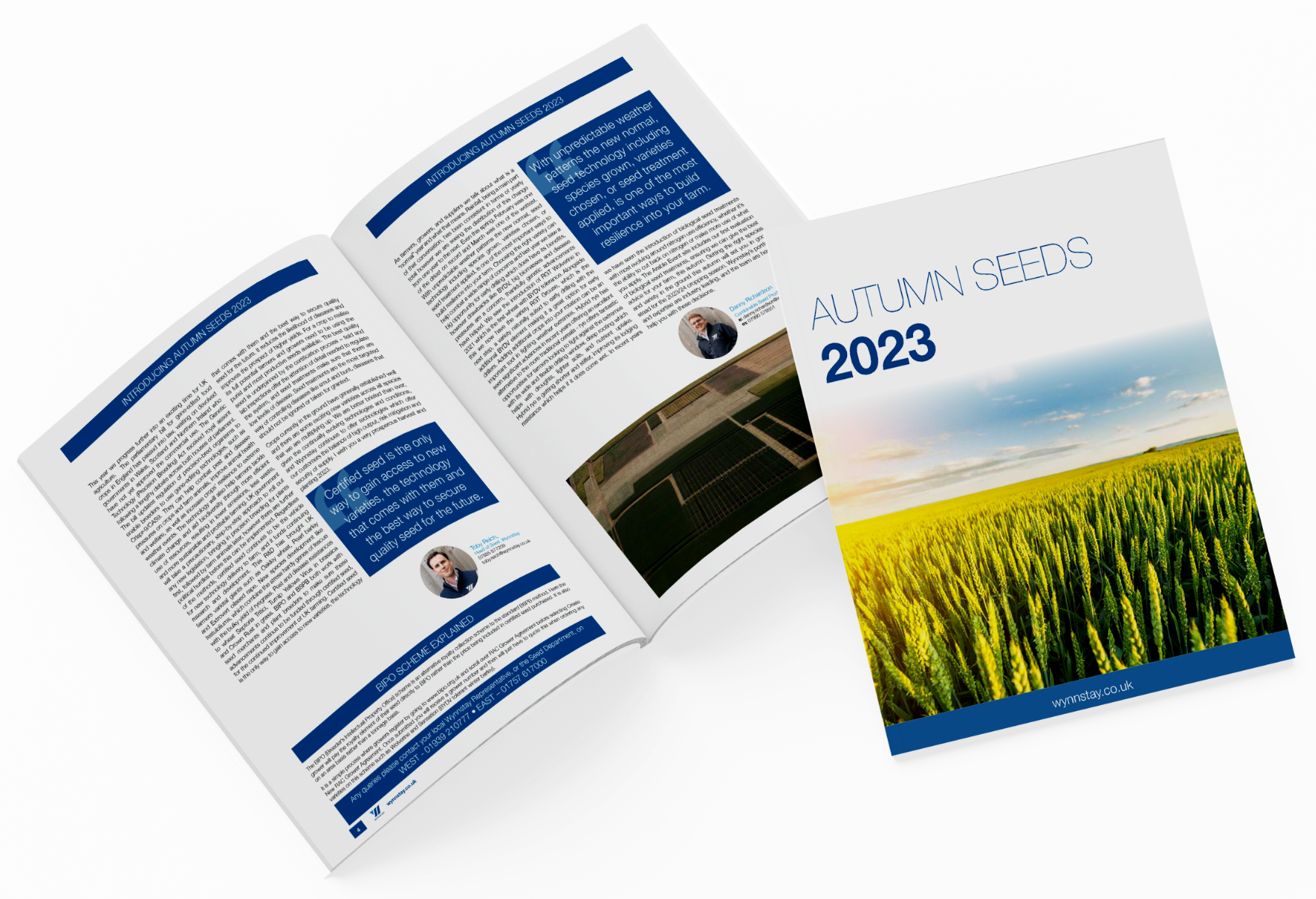Winter barley has a lot to offer any farm, rotationally it offers a great entry into oilseed rape as its earlier to harvest than wheat. Its straw is heavily demanded by livestock farmers and its grain can be used for malting or feed. Therefore, it’s important to make the right variety selection to maximise your farms potential.
End Market
When considering any cropping decisions, it’s best to work backwards. In terms of cereals this is largely based around the grain use, whether we are trying to sell into a specific market or make use of home-grown feed. This is the basis of nearly all decisions we make from variety choice, fertiliser application or agronomy decisions.
Looking at winter barley, the majority of this goes into animal feed whether it never leaves the farm or sold into the marketplace. This is the backbone of the winter barley market. However, we do see a demand for winter malting barley, yield is less important which grain quality being the focus specifically nitrogen content.
Variety decision
We have chosen the end market, if you are growing for malting then this decision is largely made for you, most contracts dictate the variety but even if it doesn’t the maltsters only accept a handful of varieties. Currently, there are only two fully approved winter malting varieties on the Recommended List, Craft and Electrum.
More than likely you’ll be growing feed barley and this is where making the right decision is key. When looking at how the variety may fit on your farm here are some top tips
- Genetic parents
- Straw Characteristics
- Specific weight
- Disease Resistance
- Yield
When looking at a new variety it’s a very good idea to start with its two parents, these which are often previously successful varieties, this can give you a good initial idea of how a variety might perform or what characteristics it will have, especially if you have grown the parent variety on your farm.
Straw length, strength and even thickness are important when choosing a variety. Whether you are looking to maximise straw production with varieties such as Valerie, Surge or SY Kingsbarn or keep a high-yielding variety standing through to harvest it’s important to understand the variety's straw characteristics.
The most common grain quality check for feed barley is the specific weight, which is how bold the grain is. A bolder grain is better for rolling or crimping when used for animal feed so it’s important to select a variety with a good specific weight if you have this in mind.
It's always important to assess varieties for disease resistance whether they are new or existing. In the West, it's especially important to control rhynchosporium which can reduce yield by 1.5t/ha in serve cases, different varieties have different genetic resistances so always check the RL for the latest scores. The other disease which can be problematic is barley yellow dwarf virus serve infections can lead to 50% yield loss. Despite the loss of Deter we now have varieties available with built-in tolerance to BYDV offering year-round protection. Currently, we have KWS Feeris, Sensation from DSV and hybrid barley from Syngenta due to full recommendation in Autumn 2024.
Yield Potential
Last but not least is the yield potential, we know despite all yield is still king. It’s the first thing we look at and talk about when it comes to variety. It is important to check how the variety performs in your region and even more so your local trial site. Soil type is also a key factor for example KWS Tardis performs best on heavy land while Bolton suits lighter land the best. It’s also worth noting the importance of the untreated yield as it gives a good representation of how a variety performs under less ideal conditions which can often occur in the real world.













